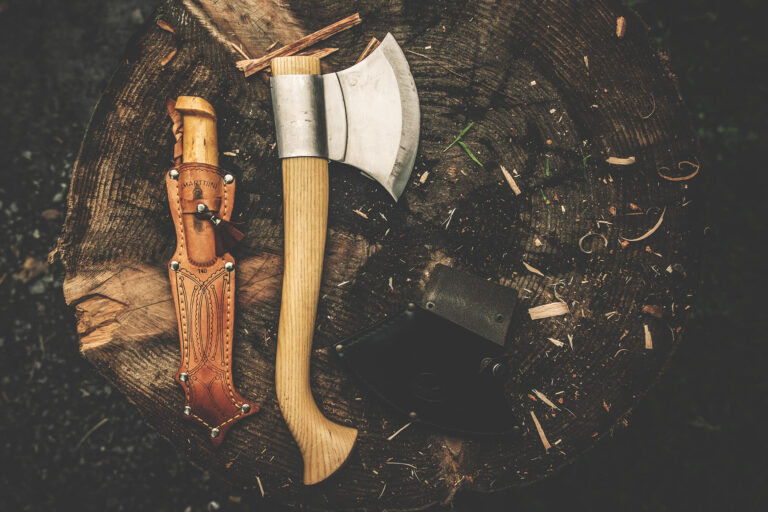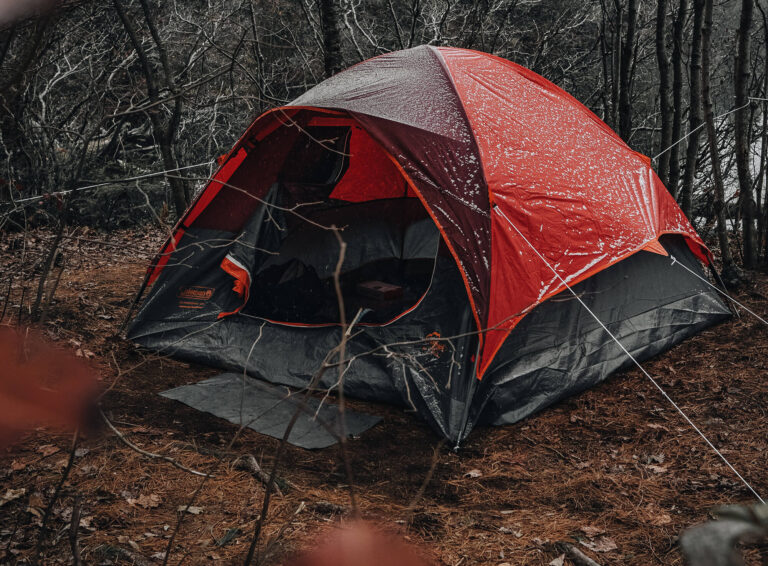Fleece vs Flannel vs Sherpa vs Down: Mid Layer Materials Compared
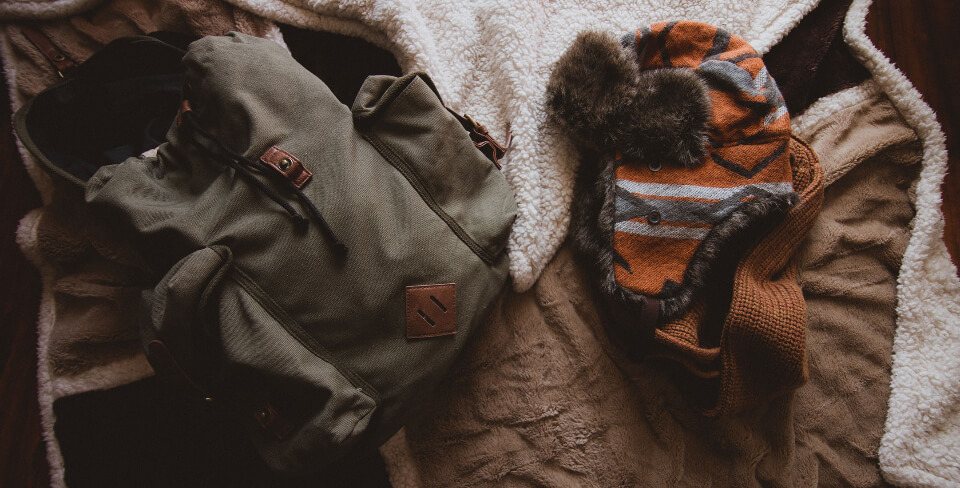
Whether you’re shopping for a new jacket, mid-layer for skiing, or camping blanket, you’ll have a wide range of materials to choose from. But, to find the right one for you, you must understand those materials and what makes them unique.
Of all the materials designed to keep you warm, the most popular today are fleece, flannel, sherpa, and down. While most customers have heard of these materials before, most have no idea what sets them apart from each other. Don’t worry. We’re here to help.
So, what’s the difference between fleece, flannel, sherpa, and down?
While there are a lot of differences between those four materials, the main difference is what they’re made of. Fleece and sherpa are both made out of synthetic fibers. Flannel can be made out of either wool or cotton. Down, on the other hand, is made of goose or duck plumage.
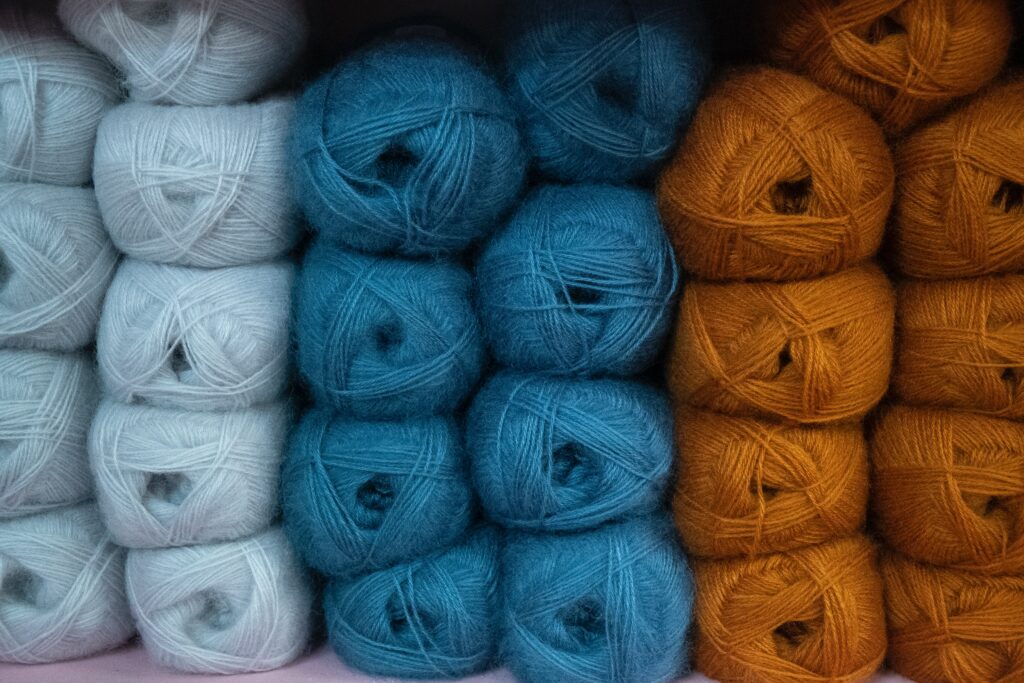
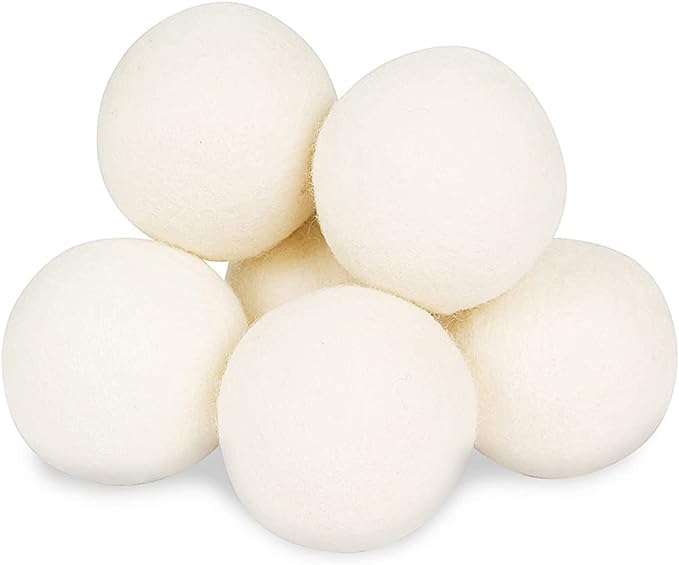
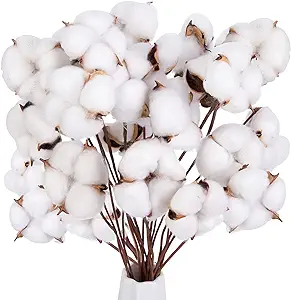
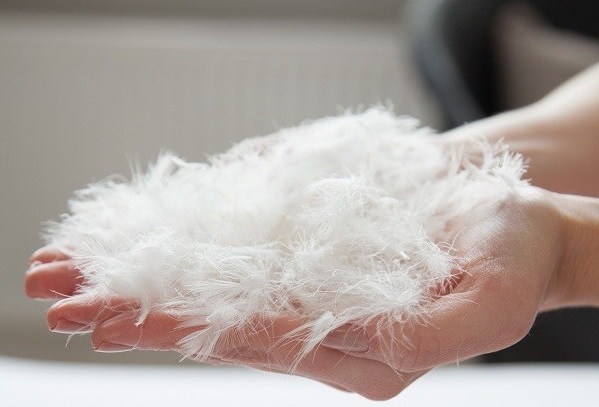
Preference plays a large role in a customer’s choice between fleece, flannel, sherpa, and down. Since there’s so much more to learn about each material, let’s take a closer look at each one individually before we compare them side-by-side.
What Is Fleece?
Fleece is a synthetic material made 100% of plastic, despite resembling and being named after a sheep’s wool coat. It’s mostly made of polyethylene terephthalate (PET) but could be made of other synthetic fibers as well. Despite being warm and comfortable, it’s man-made.
The story of fleece dates back to the 1970s when Malden Mills first started experimenting with the material. The material was finally introduced to the sportswear industry in 1981 when Malden Mills collaborated with Yvon Chouinard of Patagonia.
Let’s take a look at some of the benefits of fleece:
- Fleece is soft, thin, and breathable.
- It is an excellent insulator, especially polar fleece.
- Fleece is less allergenic than natural fibers.
- Since it’s made of plastic, fleece is eco-friendly.
- Fleece is known for absorbing water, but also drying fast.
- Also, fleece maintains a good smell longer than other materials.
- Fleece is durable and not that expensive.
Now let’s take a look at some of the disadvantages of fleece:
- Fleece is extremely prone to static electricity.
- It is highly-flammable since it’s made from polyester.
- Fleece is also prone to pilling.
- It needs to be cleaned often.
Fleece is one of the many man-made wonder materials available today. It’s lightweight, warm, durable, and doesn’t harm any animals in the process. At the same time, it’s also flammable and won’t do much to protect you from the wind. It has its uses, but it’s not designed for everyone.
One of the most popular fleece used with jackets, but it’s also used to make blankets, gloves, hats, scarves, pants, hoodies, and other high-performance outdoor clothing.
What Is Sherpa?
Sherpa is a member of the fleece family. Much like its counterpart, sherpa is made of synthetic fibers and is 100% man-made. Unlike regular fleece, sherpa fleece has two different sides to it. The exterior is smooth and soft, while the interior is fluffy and resembles the coat of a sheep.
Believe it or not, sherpa fleece gets its name from the Tibetan Sherpa people of Nepal. They were notable for leading foreigners up and through the Himalayan mountains, so you already know it’s designed for the cold temperatures. Sherpa is often used as an interior lining.
Let’s take a look at the benefits associated with sherpa fleece:
- Sherpa is extremely soft and fluffy.
- It is an excellent insulator and helps keep your body warm.
- Sherpa absorbs moisture quickly and dries extremely fast.
- Also, Sherpa can be machine-washed.
- Sherpa is an inexpensive option.
- Mimics the look of a sheep’s wool coat better than fleece.
- Sherpa is extremely lightweight compared to natural fabric.
Now, let’s take a look at some of the disadvantages with sherpa fleece:
- It is gets dirty very easily.
- Sherpa is highly-prone to pilling and shedding.
- Attracts pet hair and lint.
- Sherpa needs to be cleaned often to avoid bad odors.
- It is highly-flammable, just like fleece.
Sherpa fleece is a great option for those that want to stay away from natural fibers coming directly from an animal. It’s lightweight and highly breathable, with many people considering it warmer and more comfortable than regular fleece. You’ll know a sherpa fleece when you see it.
Since sherpa fleece is commonly used as lining and insulation, you can find it featured on your winter clothing — such as jackets, pants, gloves, and hats — but also in many household items — such as blankets and baby items — due to its soft and fluffy nature.
What Is Flannel?
While fleece and sherpa are synthetic materials, flannel is either wool or cotton — making it a natural material. Many people know flannel for its iconic plaid pattern with clothing, but the fabric is available in various patterns, looks, designs, and styles.
In fact, people have used fannel since the 17th century. It was originally made popular in Wales and used as a replacement for their plain wool clothing. It’s known for its napped finish, which helped Wales better protect itself from the wet and freezing winters.
Let’s take a look at some of the major benefits of flannel:
- Flannel is not only warm and insulating, but it’s breathable.
- It is comfortable to the touch.
- Flannel is much heavier than fleece or down feathers.
- It is easy to maintain and is machine-washable.
- Flannel is available in a wide variety of designs.
- Flannel won’t wrinkle easily and will maintain form.
Now, let’s take a look at some of the major disadvantages with flannel:
- Flannel is prone to pilling over time.
- Since it’s made of cotton, the flannel is prone to shrinking on you.
- Flannel can bleed colors inside a washer machine.
Flannel is one of the most popular and iconic fabrics known to man. Its napped finish gives it that feel and texture we’ve all grown to love over the years. If you’re considering flannel, know that you’ll be protected from whatever the environment and climate try to throw at you.
Most people love flannel when it comes to jackets and long-sleeve button-ups, but it actually has far more use than that. Some of the most popular uses include blankets, bedsheets, sleepwear, bibs, pillow covers, and even Christmas stockings!
What Is Down?
When you think of flannel, you think of either wool or cotton. When you think of down, on the other hand, you think of either duck or goose. This is because it’s made out of the fine undercoat of these birds, which is pulled from underneath the feathers. No ducks or geese are harmed in the process.
Down insulation, also known as down feathers, has been used as insulation for hundreds of years. When on the bird, these feathers help trap air and prevent heat loss. When used in products, the result is the same, and it offers a lightweight and lofty type of material that’s highly versatile.
Let’s take a look at some of the advantages when choosing down:
- Down is capable of a higher fill power, which means greater insulation.
- Also, down products offer higher packability than most other materials.
- Down is capable of maintaining its loft for a long period of time.
- Down feathers capture and retain heat, for added warmth.
- Since down feathers are extremely soft, you get a lightweight design.
- Some down-insulated material also has a water-resistant coating for added versatility in light rain.
Now, let’s take a look at some of the downfalls when choosing down:
- When wet, down feathers won’t retain heat and will lose its function.
- Down is known to cluster when put through the wash.
- Down-insulated material is much harder to maintain than some of its counterparts.
- Down isn’t hypoallergenic.
- Down tends to be more expensive than other options.
It should be noted that there’s a difference between something that’s labeled as 100% down and something that’s labeled as just down. With a 100% down product, the material must be made of only down feathers. With a down product, there could potentially be added fibers and feathers.
You’ll mostly find down feathers used in jackets, where they’re stuffed between two thin pieces of fabric. In addition, you can find down feathers used in bedding (especially comforters), blankets, pillows, sleeping bags, mattress covers, quilts, gloves, and even dusters outside of jackets.
Flannel vs. Sherpa
Flannel and Sherpa serve different purposes. Flannel is ideal for comfort and light warmth, suitable for a range of uses from clothing to bedding. Sherpa, with its higher insulating properties and plush feel, is better for colder climates and situations where maximum warmth is desired. The choice between the two depends on the specific needs for warmth, comfort, and use.
Texture and Material:
- Flannel is a soft, woven fabric typically made from cotton, wool, or a blend of fibers. It’s known for its softness, comfort, and slight nap, which is achieved through a brushing process.
- Sherpa is a non-woven fabric, often made from polyester, acrylic, or a blend. It mimics the bumpy texture of sheep’s wool, and is plush and thick.
Warmth and Insulation:
- Flannel provides moderate warmth, making it suitable for cool to mildly cold weather. It’s often used in clothing, bedding, and lightweight outerwear.
- Sherpa is designed for higher insulation. Its thicker pile traps more air, which helps retain heat, making it ideal for colder conditions.
Weight and Breathability:
- Flannel is generally lighter and more breathable. It’s comfortable for indoor wear and can be layered easily.
- Sherpa is heavier and less breathable, but its weight contributes to its warmth and coziness.
Moisture Handling:
- Flannel can absorb moisture without feeling wet, making it comfortable for wear during mild activities.
- Sherpa doesn’t absorb moisture as well and can feel heavy when wet. It’s less ideal for situations where moisture management is key.
Durability and Care:
- Flannel is durable and easy to care for, often becoming softer with each wash. However, it can pill over time.
- Sherpa requires careful washing to maintain its texture. It’s durable but can mat or lose softness if not properly cared for.
Uses:
- Flannel is versatile, used in shirts, pajamas, sheets, and light blankets.
- Sherpa is commonly used for lining in jackets, heavy throws, and winter accessories due to its plush warmth.
Fleece vs. Flannel
The main difference is that fleece is synthetic, and flannel is natural. If you’re looking for something manufactured out of plastic and polyesters, fleece is the right fabric for you. If you’re interested in wool or cotton, flannel is right for you.
Here’s a look at some of the other major differences between the two:
- Flannel has been used since the 17th century, while fleece was invented in the 1970’s.
- Both flannel and fleece wash well, but flannel might shrink on you in the process.
- Fleece won’t unravel when cut, but flannel will likely unravel when cut.
- Both fleece and flannel provide warmth, but fleece is often considered warmer.
- Neither fleece nor flannel will wrinkle over time.
- Fleece is lightweight, while flannel is either medium- or heavy-weight.
- Also, fleece is slightly better at insulating than flannel is.
- Fleece is much more cost-effective than flannel.
- Flannel is much more kind to the skin and is easier to care for.
Fleece and flannel both have their advantages, but they’re not created equal. With completely different textures and uses, choosing between the two largely comes down to preference. However, since they’re both highly effective, many people decide to have both, so they’re prepared for anything.
Sherpa vs. Down
Texture and Comfort
- Sherpa: Resembling sheep’s wool, Sherpa is soft and plush. It’s comfortable against the skin, often used for lining garments and blankets.
- Down: Down is light and fluffy, providing a soft, cloud-like feel. It’s not typically against the skin but used as a filling in jackets and bedding.
Warmth and Insulation
In terms of warmth, down is generally considered warmer than Sherpa. This is largely because down creates many tiny air pockets that trap warm air and retain heat, which is highly effective for insulation. However, the actual warmth provided can depend on several factors, such as the quality of the down or Sherpa, the amount used in the garment, and the specific construction of the item.
- Sherpa: Provides good insulation and is effective in retaining heat, making it suitable for cool to moderately cold conditions.
- Down: Offers superior warmth-to-weight ratio. High-quality down insulation is effective in very cold conditions, making it a preferred choice for serious cold-weather gear.
Weight and Bulk
- Sherpa: Heavier and bulkier compared to down. Ideal for casual wear but may not be suitable for activities requiring light and compact gear.
- Down: Extremely lightweight and compressible, making it ideal for travel and outdoor activities where carrying less is advantageous.
Performance in Wet Conditions
- Sherpa: Tends to absorb moisture and may lose some insulating properties when wet.
- Down: Traditionally loses insulating power when wet, but modern water-resistant down treatments have significantly improved its performance in damp conditions.
Durability and Care
- Sherpa: Durable and easy to care for, often machine washable.
- Down: Requires special care, especially when washing, to maintain its loft and insulating properties. It’s durable but can lose effectiveness if not properly cared for.
Environmental Impact
- Sherpa: Synthetic, made from polyester, acrylic, or cotton. Its impact depends on the production process and materials used.
- Down: Natural and biodegradable, but concerns exist about animal welfare in down production. Ethically sourced down is available.
In summary, while Sherpa provides good insulation and is excellent for casual wear in cool to cold conditions, down is typically warmer and better suited for more extreme temperatures and outdoor activities where warmth-to-weight ratio is a critical factor.
Fleece vs. Down
When comparing fleece vs. down, the main difference is similar to the difference between flannel and fleece. Much like flannel, down insulation is natural since it comes from a live duck or live goose. However, since fleece is made of polyesters and plastic, it’s far from being a natural fabric.
Here are some of the other major differences between a fleece and down:
- Down comes in a variety of fill powers, which you won’t get with fleece.
- Primarily down used as insulation, while fleece is used for a variety of roles.
- Down won’t do as well in wet conditions and will lose virtually all of its warmth power.
- Fleece is much easier to layer with, whereas down is primarily used as a top layer.
- Since down is used as insulation, the exterior is often made out of another material.
- Down comes with better packability than fleece, but it largely depends on the exterior material.
- Fleece is generally less expensive than down material.
- Both fleece and down can go through the wash, but you’re better off air-drying your fleece.
There aren’t many similarities between down and fleece, so it’s usually easy to decide which one is right for you. While the broth provides warmth in times of need, flannel is a much better option when shopping on a budget. On the other hand, down comes with a much more unique look.
Related Questions
With so many different types of fabric and material out there designed to keep you warm, you likely have a lot of questions. Of course, we answered a lot of those above, but let’s take a look at some related questions you might have with your newfound knowledge:
- What are the different types of fleece? In addition to sherpa fleece, you can also find French terry fleece, lycra fleece, microfleece, and power fleece — among many others.
- What is the difference between wool and cotton? Aside from cotton coming from the cotton plant and wool coming from sheep, cotton is much lighter and wool is more heavy.
- What are the best fabric materials for extra warmth? The best fabric materials include fleece, wool, cotton, flannel, sherpa and silk.
- Are any birds killed when pulling down feathers? No waterfowl (ducks or geese) are killed when having their down feathers pulled, but the practice is often considered wrong by many animal activist groups.
Fleece, flannel, sherpa, and down are four of the most popular materials in the world right now. They’re used for various products and can be found in virtually every single country, state, city, and town. For more information and expert advice, feel free to contact us today.


